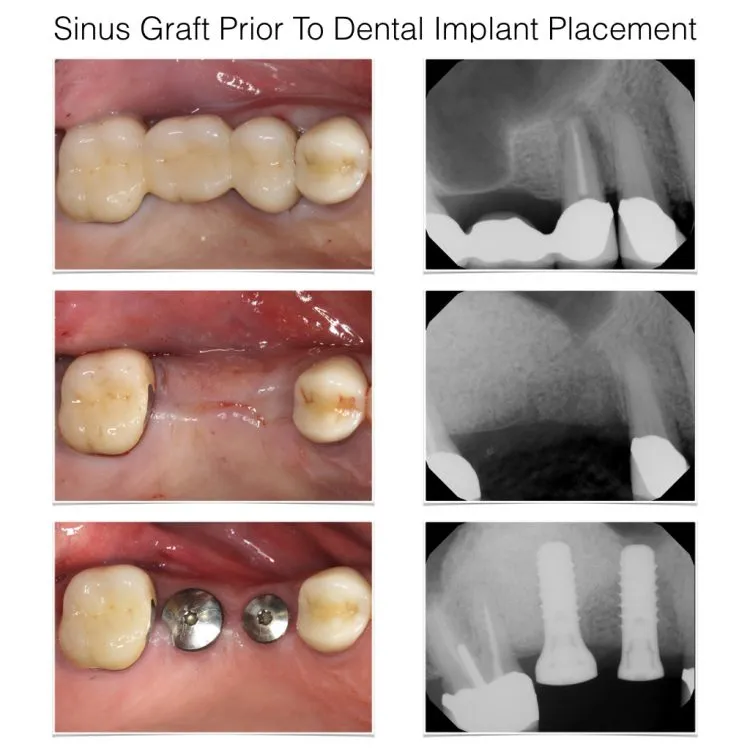What is Sinus Lift Surgery ?
A sinus lift surgery, also known as sinus augmentation, is a specialized procedure designed to increase the bone height in the upper jaw, particularly in the area of molars and premolars. This surgery involves adding a bone graft between the jaw and the maxillary sinuses, located on either side of the nose. By gently lifting the sinus membrane, space is created for the bone graft to be placed, facilitating the growth of new bone. This intricate procedure is typically performed by an oral and maxillofacial surgeon.
Common Reasons for Insufficient Bone in the Upper Jaw
Loss of teeth in the upper jaw can lead to a significant reduction in bone volume, making it challenging to anchor dental implants securely. Several factors contribute to this bone loss below the maxillary sinus:
Certainly! Here’s a revised and improved version of the article on Sinus Lift surgery:
- Natural Aging Process: The maxillary sinus tends to expand over time, reducing the available bone above the 2nd premolar, 1st molar, and 2nd molar.
- Gum Disease: Chronic periodontal issues can lead to bone deterioration.
- Long-Term Tooth Loss: Bone resorption occurs when teeth are missing for an extended period, resulting in substantial bone loss.


